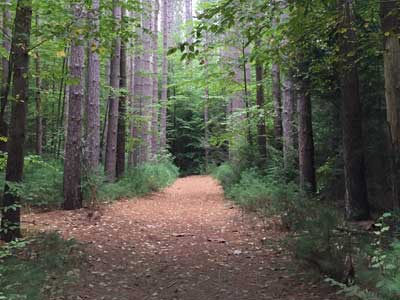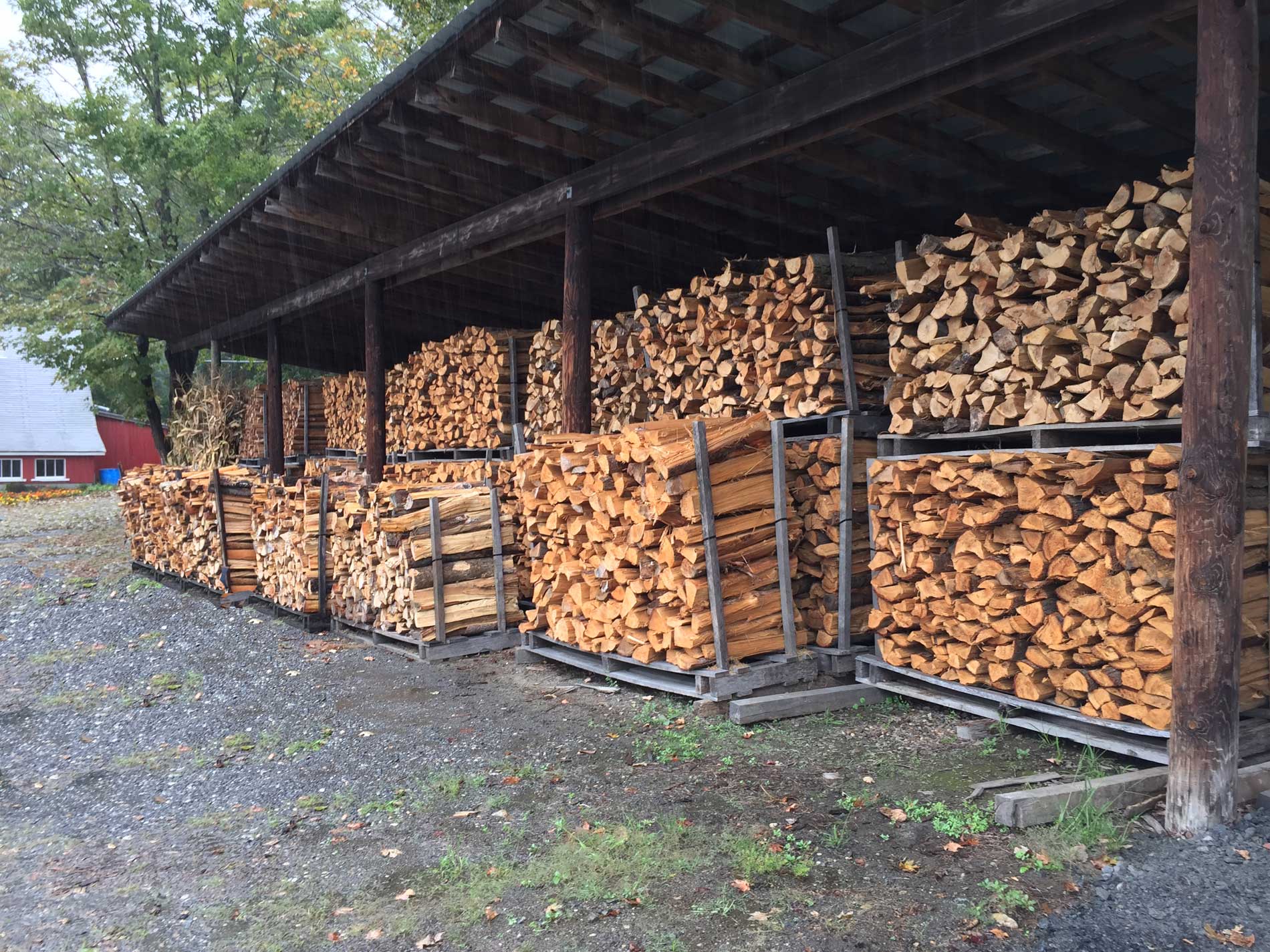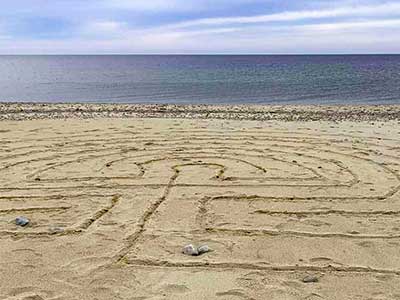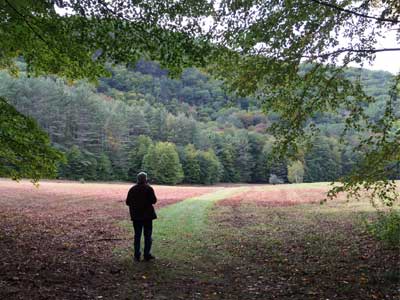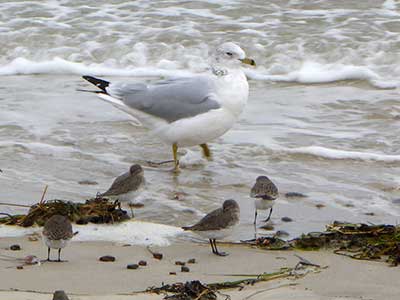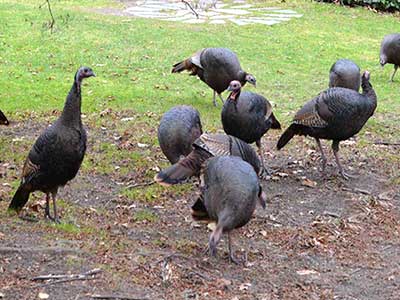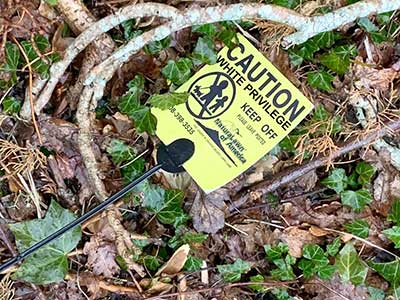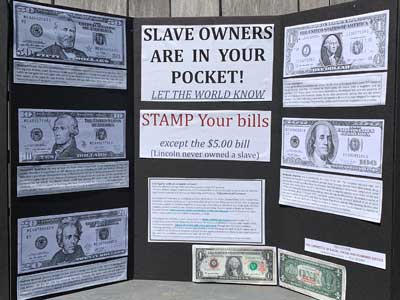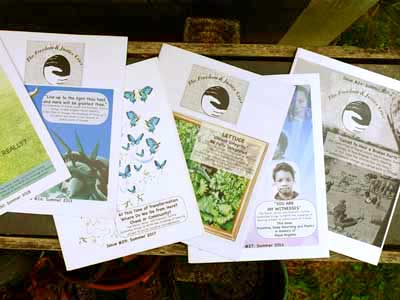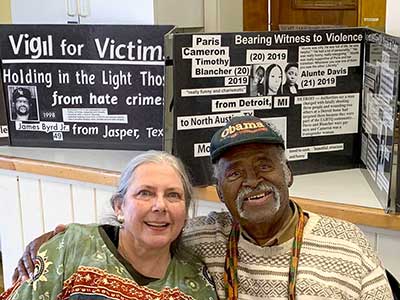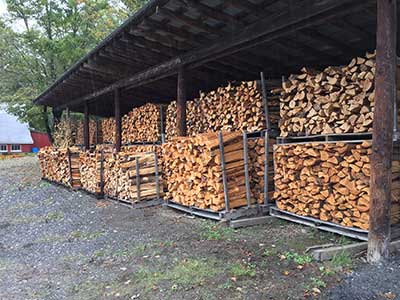by DeNeen L. Brown | AUGUST 2021
JACKSON, Miss. — Since 2000, there have been at least eight suspected lynchings of Black men and teenagers in Mississippi, according to court records and police reports. “The last recorded lynching in the United States was in 1981,” said Jill Collen Jefferson, a lawyer and founder of Julian, a civil rights organization named after the late civil rights leader Julian Bond. “But the thing is, lynchings never stopped in the United States. Lynchings in Mississippi never stopped. The evil bastards just stopped taking photographs and passing them around like baseball cards.”
TAGS: [Racial Terrorism] [2020’s] [-ing While Black] [History] [Collective Action] [White Supremacy] [White Culture] [Justice System] [Black Lives Matter] [Policing] [Accountability]
by Amina Al-Sadi & Jeannie Yandel | December 2016
For about $300, a 9-year-old girl named Ashley was sold as a slave.
Her mother, Rose, remained a house slave at a mansion in South Carolina. This was the 1850s, roughly a decade before Abraham Lincoln’s Emancipation Proclamation, setting slaves free. Before mother and daughter were separated, Rose gave Ashley a cotton sack. It contained a tattered dress, three handfuls of pecans and a lock of her hair. Rose told Ashley it was filled with love — always. Ashley never saw her mom again, but she kept the sack. It was handed down through the generations, along with her story, to her granddaughter, Ruth Middleton. Ruth, a single mom in Philadelphia, stitched her family story into the cloth sack in 1921…. Nearly 100 years later, the bag was found at a flea market in Tennessee. A woman bought it and donated it to Middleton Place, a famous plantation in South Carolina that refuses to shy away from its awful history.
TAGS: [Racial Terrorism] [2010’s] [Slavery] [History] [Art & Culture] [Civil War]
by Ally Henny | January 2021
Dear Black Christian in a predominantly white or “multiethnic” church,
I want to start by saying that I value you. I don’t look down on you because I grew up in the Black Church and currently attend a Black church. I’m not trying to be one of those “woker-than-thou” types who refuse to consider any nuance in a given situation. I admit that I probably don’t know you, your church, your particular circumstances, or the reasons you worship there. Your church might be a wonderful place full of caring people. The white members of your congregation might be “doing the work” of antiracism and making sure that your place of worship is both life-giving and safe for you. I hope that is the situation you’re in and that people aren’t merely paying lip service while catering to white fragility.
TAGS: [Individual Change] [2020’s] [White Fragility/Tears] [Systemic Racism]
by Terrell Jermaine Starr | August 2021
There is no more blatant form of racial intimidation against a Black person that one can use than that of a noose. The practice of lynching was used against enslaved Black people, but it was an especially popular form of violence against Black Americans after slavery ended.
It is considered a more dated form of violence today, but a story in the Washington Post reports that the practice of lynching never truly stopped. Jill Collen Jefferson, a lawyer and founder of Julian, a civil rights organization named after the late civil rights leader Julian Bond, has been conducting her own research into lynching in Mississippi and found that at least eight Black people have been lynched in the state since 2000. She began her research into lynchings across the country in 2017 and focused on Mississippi, her home state, in 2019. In each case of lynching she discovered, Jefferson said the police ruled the deaths suicides, but the families of the deceased said their loved ones were lynched. “There is a pattern to how these cases are investigated,” Jefferson said. “When authorities arrive on the scene of a hanging, it’s treated as a suicide almost immediately. The crime scene is not preserved. The investigation is shoddy. And then there is a formal ruling of suicide, despite evidence to the contrary. And the case is never heard from again unless someone brings it up.”
TAGS: [Racial Terrorism] [2020’s] [Slavery] [History] [Black Lives Matter] [Policing] [Justice System] [Collective Action] [Systemic Racism] [White Supremacy] [White Culture]
by Darryl Fears and Dino Grandoni | September 2021
Racial minorities in the United States will bear a disproportionate burden of the negative health and environmental impacts from a warming planet, the Environmental Protection Agency said Thursday, including more deaths from extreme heat and property loss from flooding in the wake of sea level rise.
TAGS: [Collective Action] [2020’s] [Environment] [Indigenous] [Health Disparities] [Black Lives Matter] [Latino/a] [Social Justice] [Politics] [Systemic Racism] [POC Climate Action]
by Rupa Marya and Raj Patel | August 2021
In the war on the Indigenous people of the Great Plains, the United States explicitly targeted the buffalo, their spiritual cornerstone and staple of food, medicine, shelter, and clothing. Toward the end of the 19th century, the US military sponsored the killing of millions of buffalo, inflicting starvation and dependency on the tribes. While it was never officially announced as the army’s policy, the Montana land baron Granville Stuart noted in his journal in 1879 that “slaughtering the buffaloes is a government measure to subjugate the Indians.” Colonel Richard Irving Dodge summed up the spirit of the massacre: “Kill every buffalo you can! Every buffalo dead is an Indian gone.” Before 1800, an estimated 30 to 60 million buffalo ranged the Great Plains. By 1900, only a few hundred remained, the survivors of the most violent genocide of any mammal ever documented. With the buffalo gone, Plains Indians’ bodies suffered trauma, cultural erasure, and starvation. Depression, diabetes, and drug dependency became endemic—all diseases characterized by chronic inflammation.
TAGS: [Racial Terrorism] [2020’s] [Indigenous] [Silencing POC] [Systemic Racism] [White Supremacy] [White Culture] [White Privilege] [History] [Asian] [Health Disparities] [Economics]
